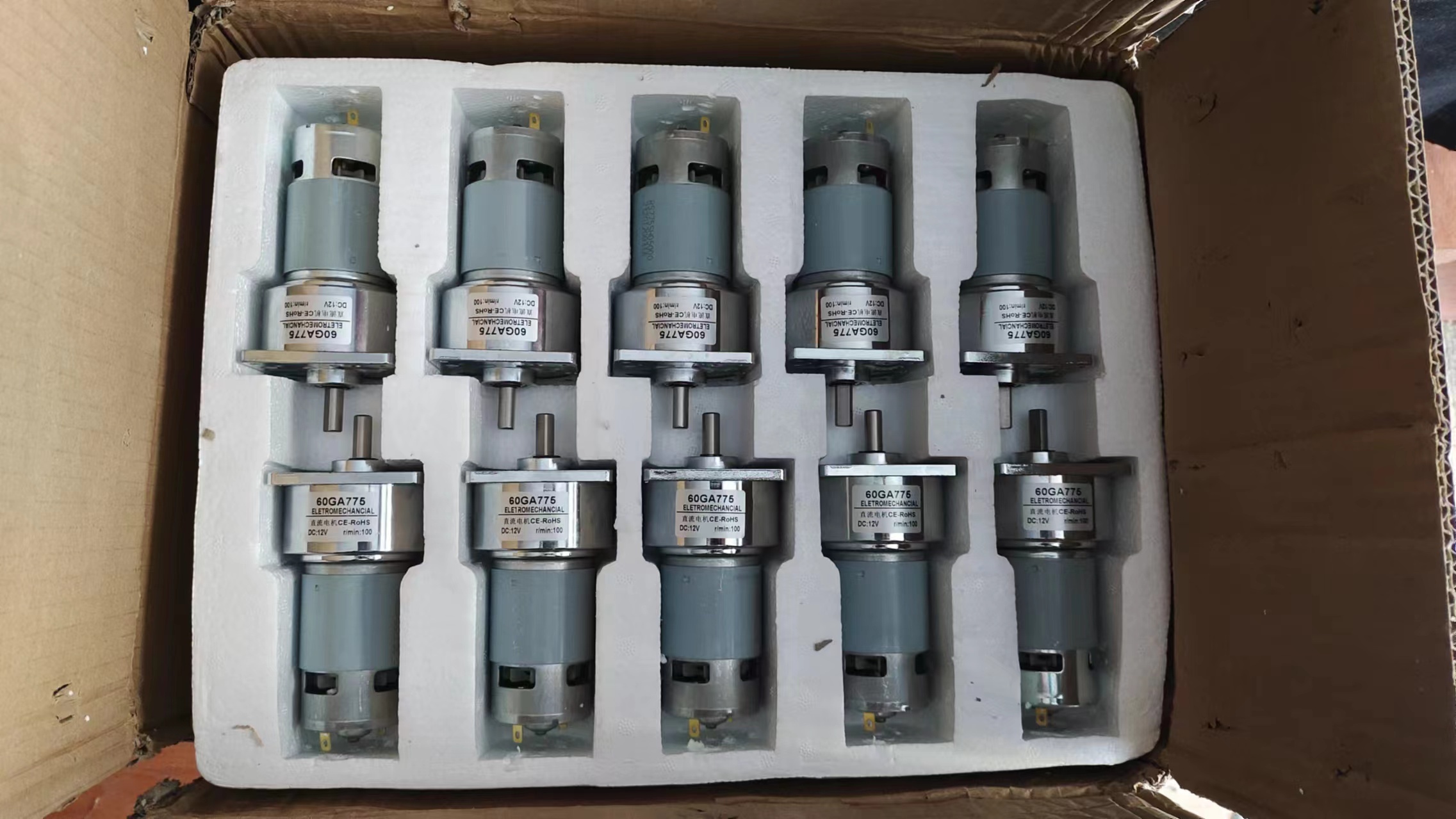Choose a micromotors from two directions
In daily life, all kinds of electric products require the use of micromotors. Usually, electric product manufacturers choose motors by comparing various performance parameters and motor types to match appropriate motors. Especially when a product is first developed, all aspects and parameters of various motors are compared and calculated.

The following is an in-depth analysis of the characteristics and calculation methods of each main parameter of various types of motors. The first is the type of various motors: they can be divided into DC motors and AC motors according to the working power supply.
DC motors can be divided into brushed DC motors and brushless DC motors. Brushed DC motors are characterized by fast processing speed, large starting torque, and wide application scenarios. The continuous rotation of the micromotor is driven by a brushed DC motor that changes the direction of the current based on the friction between the brush and the commutator. Brushless motors use an electronic commutation system without brushes and commutators. Brush motors have higher noise, short life, low cost, simple control, and smooth operation. Brushless motors have low noise and long life, but are complex to control and high in cost.
1. Selection of micromotors: uses of various types of micromotors
1) Servo micromotor: Usually used in various control systems, its function is to convert the input voltage telecommunications into the mechanical output of the micromotor output shaft, and drag the control components to play a control role. Servo micromotors are also divided into DC and AC. When the control accuracy is low, DC motors are generally used.
2) Stepper motor: Stepper motor can convert data pulses into angular displacement. It is usually used on various CNC lathes and can also be used on various mechanical equipment, such as feeders, floppy disk drives, copiers, etc.;
3) Torque micromotor: This type of micromotor has the characteristics of low speed ratio and large torque, and is usually an AC motor;
4) Switched reluctance micromotor: This type of micromotor has a simple structure, excellent speed change characteristics, and extremely high speed;
5) Asynchronous motor: It has the characteristics of reliable operation and low cost. It is used to drive various types of CNC lathes, centrifugal water pumps, blowers, compressors, etc. Asynchronous motors are also used in central air conditioners, refrigerators, and hair dryers of electrical appliances;
6) Synchronous motor: Synchronous motor is widely used in large machinery, such as fans, compressors, etc.;
7) Speed reduction motor: The speed reduction motor is an integrated body of a micromotor and a reduction box. The speed reducer is composed of multi-stage gears, so it is also called a gear speed reduction motor. The primary function of the micro speed reduction motor is to reduce the output. It has the function of rotating speed, increasing output torque, and changing the direction of the output shaft.
The difference between DC motor and AC motor
The most significant difference is that DC motors can be driven by DC power, such as rechargeable batteries, while AC currents can be driven by AC current. In addition, DC motors have the advantages of fast response and large motor torque. Another difference is the speed change method. The DC motor has a constant voltage from a DC regulated power supply. The DC motor can adjust its speed according to the imported DC voltage. That is, the higher the voltage, the faster the rotation speed. The electromagnetic field of the stator of the AC motor. Rotation is the conversion speed of AC current. Just changing the conversion speed of AC current can change the speed of the motor, that is, variable frequency speed regulation.
2. Micromotor selection: important parameters
1) The main parameters of the micromotor. This is extremely important. The first is the model specification, voltage, speed, output power, load, torque, functional characteristics, etc. of the micromotor;
2) The application environment mirror standards of micromotors refer to the application index values of micromotors under normal temperature, high temperature, cold, corrosion, high altitude, and electromagnetic radiation environments.
Regarding the formula for calculating the power of micro motors
The power of the micromotor is selected based on the power required by the electric product, so that the micromotor runs at the rated value. However, it should be noted that the power cannot be selected too small or too high. Too small a power will cause long-term load on the micromotor. Operation will eventually cause the motor insulation layer to become hot and damaged, or be damaged at the same time. The power of micromotors is very high and cannot be used flexibly, resulting in low power factor and efficiency. It also consumes electricity and shortens the operating time.
Micromotor power calculation formula: If the micromotor is running under a stable load, it is calculated based on the load output power. The formula is: P=P1/n1n2.
P, micromotor operating power;
P1, load power;
n1, electric product efficiency;
n2, transmission efficiency of micromotor.
According to the calculation formula, just select the rated power of the micromotor, and the power can be slightly greater than the calculated result.



























 XINDA
XINDA